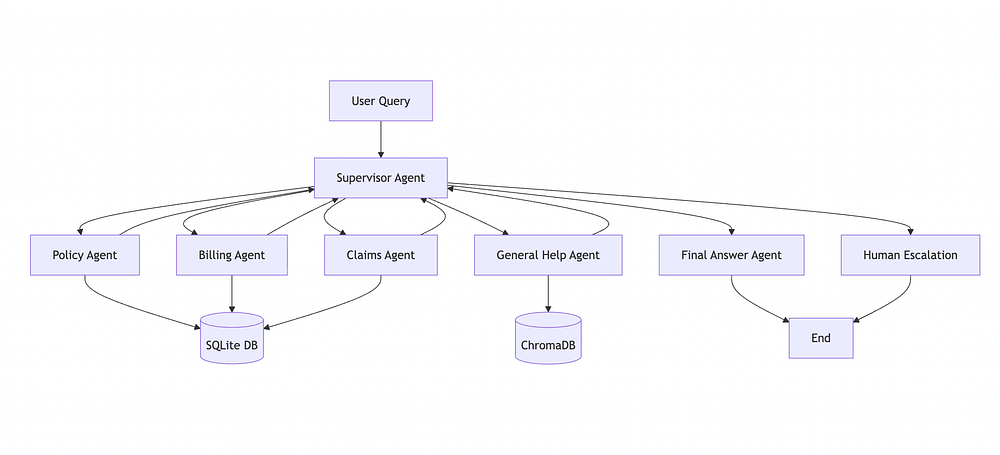Introduction to Enterprise Taxonomy
The concept of enterprise taxonomy refers to the classification and organization of data and information within an enterprise or organization. This system enables efficient retrieval, management, and analysis of data, which is essential for informed decision-making and strategic planning.
Key Areas of Enterprise Taxonomy
Enterprise taxonomy encompasses various topics, including:
- Legislation: Understanding and compliance with laws and regulations that govern business operations.
- Analytics: The process of examining data sets to conclude about the information they contain, increasingly important for decision-making.
- AI (Artificial Intelligence): The development and application of computer systems able to perform tasks that typically require human intelligence, such as visual perception, speech recognition, decision-making, and language translation.
- Cybersecurity and Privacy: Protecting electronic information from unauthorized access, use, disclosure, disruption, modification, or destruction, and ensuring the privacy of personal data.
- Workforce Development: Activities and initiatives aimed at enhancing the skills and capabilities of the workforce to meet the evolving needs of the organization.
- Public Policy: The principles that guide actions taken by government and public organizations, which can significantly impact businesses and their operations.
- Data and Information: The collection, storage, retrieval, and utilization of data to inform business decisions and drive innovation.
- Workforce: The human resource of an organization, including its employees and their skills, abilities, and capacities.
Importance of Enterprise Taxonomy
The importance of enterprise taxonomy cannot be overstated. It provides a structured framework for organizing and accessing critical information, facilitating communication across different departments, and ensuring compliance with regulatory requirements. Furthermore, it supports strategic planning by enabling organizations to analyze their data effectively and make informed decisions.
Implementation and Benefits
Implementing an effective enterprise taxonomy involves several steps, including data collection, categorization, and the establishment of clear protocols for data management. The benefits are numerous, ranging from improved operational efficiency and reduced costs to enhanced data security and better decision-making capabilities.
Challenges and Future Directions
Despite its benefits, the implementation of enterprise taxonomy can face challenges such as resistance to change, complexity of data integration, and the need for continuous updating to reflect changing business needs and technological advancements. Future directions include the integration of emerging technologies like AI and machine learning to automate and enhance taxonomy processes.
Conclusion
In conclusion, enterprise taxonomy is a critical component of modern organizational management, enabling efficient data management, compliance, and strategic decision-making. As technology continues to evolve, the importance of a well-structured enterprise taxonomy will only grow, underpinning the agility, resilience, and competitiveness of organizations in a rapidly changing business environment.
FAQs
- Q: What is enterprise taxonomy?
A: Enterprise taxonomy refers to the classification and organization of data and information within an organization to enable efficient retrieval, management, and analysis. - Q: Why is enterprise taxonomy important?
A: It is crucial for compliance, strategic planning, operational efficiency, and decision-making. - Q: What are the key areas covered by enterprise taxonomy?
A: Key areas include legislation, analytics, AI, cybersecurity and privacy, workforce development, public policy, data and information, and workforce. - Q: How does one implement enterprise taxonomy?
A: Implementation involves data collection, categorization, and establishing clear data management protocols. - Q: What are the benefits of enterprise taxonomy?
A: Benefits include improved operational efficiency, reduced costs, enhanced data security, and better decision-making capabilities.











